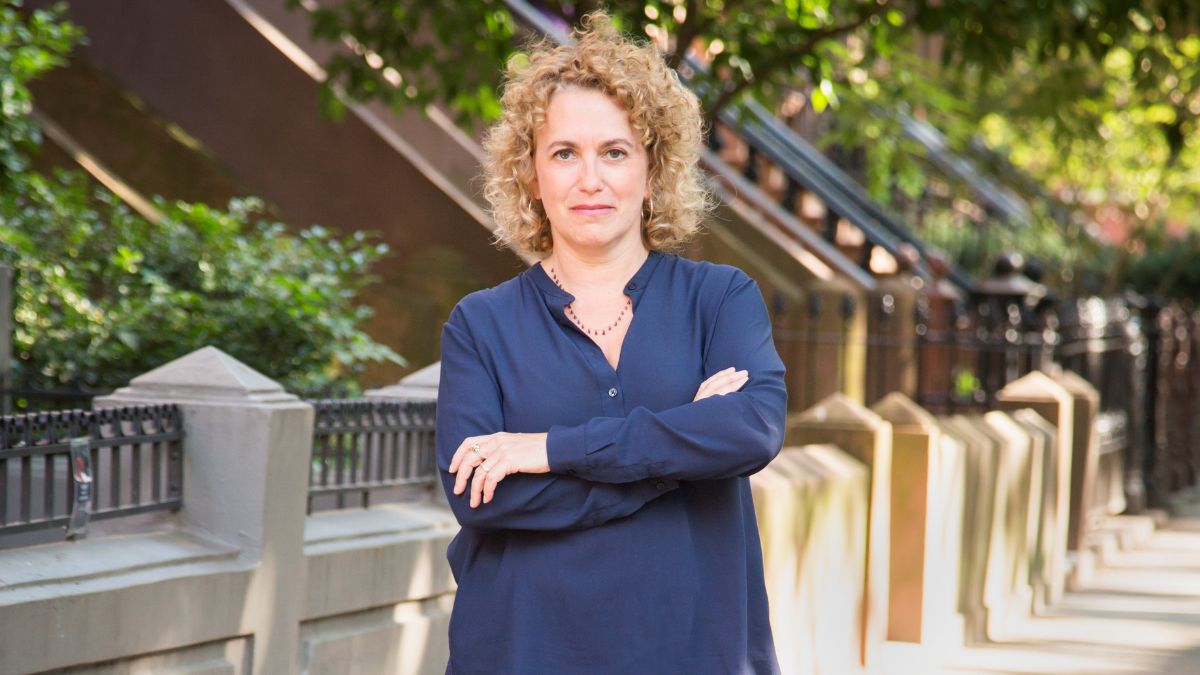100-year-old foundation spends down — moving millions to BIPOC-led non-profits
Why It Matters
Facing overlapping social crises, some grassroots leaders have called on foundations to spend down. But are they actually doing it?

This independent journalism is supported by Makeway and Waterloo Region Community Foundation. Read our editorial ethics and standards here.
This May, the Brooklyn, N.Y.-based Edward W. Hazen Foundation will celebrate its 100th birthday by going out of existence.
In 2019, after several years of deliberation, the private foundation’s board announced their decision to spend down its assets over five years, seeing an opportunity to increase support for grantees when they needed it most.
This winter, the foundation made good on that promise, distributing its final $3.75 million U.S. to 43 non-profits, predominantly grassroots organizations led by young racialized people.
In Canada and the United States, spend-down foundations are rare.
Among members of Canada’s network of private foundations, the Philanthropic Foundations of Canada, just a handful have explicit spend-down mandates.
“Kudos to the Hazen Foundation,” said John Hallward, the chairman of GIV3, a Canadian organization that has advocated for a higher disbursement quota to increase the amount of funds flowing to charities.
“I think it sets a great example to others when a foundation chooses to disburse all of its funds in a timely manner,” he said.
Mobilized by a ‘movement moment’
For the Edward W. Hazen Foundation’s board, the decision to sunset was driven by the chance to capitalize on a “movement moment” in the U.S., said Lori Bezahler, the foundation’s longtime president.
On the day after the inauguration of former President Donald Trump in 2017, millions of women took to the streets in one of the country’s largest-ever protests, calling for the government to maintain existing women’s rights.
About a year later, hundreds of thousands of young people participated in the March for Our Lives, urging policy change to end gun violence after countless school shootings.
In deciding to spend down, the foundation offered more support for grantees working on these issues to engage many newly politicized people, said Bezahler.
The decision was also made to help longtime grantees as they courageously grappled with some of the most damaging policies enacted during these years, she said.
This included former President Trump’s decision in 2018 to cancel an executive order that had allowed undocumented youth to work without fear of deportation, Bezahler added.
“There was this sense that [our grantees] were taking risks and showing courage,” she said. “And are we really true partners if we don’t think about, or at least consider, ‘What are we doing to meet the moment and to meet them where they are?’”
From traditional to radical in a century
While the foundation has always focused on youth, it hasn’t always focused on mobilizing thousands to enact progressive policy change.
The foundation was established in 1925 with an initial endowment of about $12 million — proceeds from Hazen’s work in the advertising industry.
In its early years, it funded Boys and Girls Clubs, helped establish Junior Achievement — now a global network of charities supporting youth business education — and funded a youth camp, said Bezahler.
These efforts were focused on supporting the “moral and character development of young people,” she added.
While many private foundations have been led by the foundation benefactors’ descendants for decades, this has not been the case with the Brooklyn-based foundation.
The benefactors didn’t have any children, so it’s been a long time since the foundation had a descendant on the board, Bezahler said.
In the ‘70s, the board also made a concerted effort to diversify the institution’s leadership, which brought a deepened focus on community-based support, she said.
Jean Fairfax, an African American civil rights worker with the NAACP, joined the board in 1973, becoming the first Black woman to serve on the board of a national foundation in America.
In the ‘80s, the foundation hired Sharon B. King, a respected African American philanthropic leader, as its executive director. King developed strong relationships between the foundation and community organizations in her tenure, Bezahler added.
Has the sunset worked?
Nearing the end of their five-year wind-down process, some of the board’s sunsetting hopes have materialized, Bezahler said.
In June 2020, grantee partner Black Organizing Project of Oakland, Calif., won a decade-long battle to get cops out of local schools.
The victory was aided by the public attention garnered following the murder of George Floyd by Minneapolis police. But it was also supported by the additional foundation resources due to the spend-down decision, she said.
The foundation has also seen positive impacts, with a broader group of grantees choosing to use some of their funds to launch mutual aid programs during the pandemic.
These initiatives helped strengthen the groups’ organizing work by enabling them to build deeper relationships with partners, she said.
Stalled momentum for sunsets?
However, while the spend-down approach has benefits, Hallward said it remains unpopular in Canada.
The Ivey Foundation made a splash in 2022, deciding to spend down its $100 million foundation, but few others have since followed.
“On the whole, we continue to see [the] growth of foundation assets in Canada,” Hallward said. “Some see this as a good thing. I see this as disrespectful to taxpayers.”
While foundation benefactors receive a near-immediate tax break from donations that seed a foundation, Canadian law allows them to slowly disperse that capital to charities over many years.
In late 2022, in response to considerable pressure, the federal government increased the minimum rate foundations must spend on charitable activities from 3.5 to five per cent for a foundation’s assets not used for charitable activities above $1 million.
But Bezahler said she encourages foundations to think beyond the minimum requirements.
“For philanthropy, where we have the greatest latitude, and frankly — the least accountability — we should take advantage of that in order to get closer to a pure pursuit of mission.”
